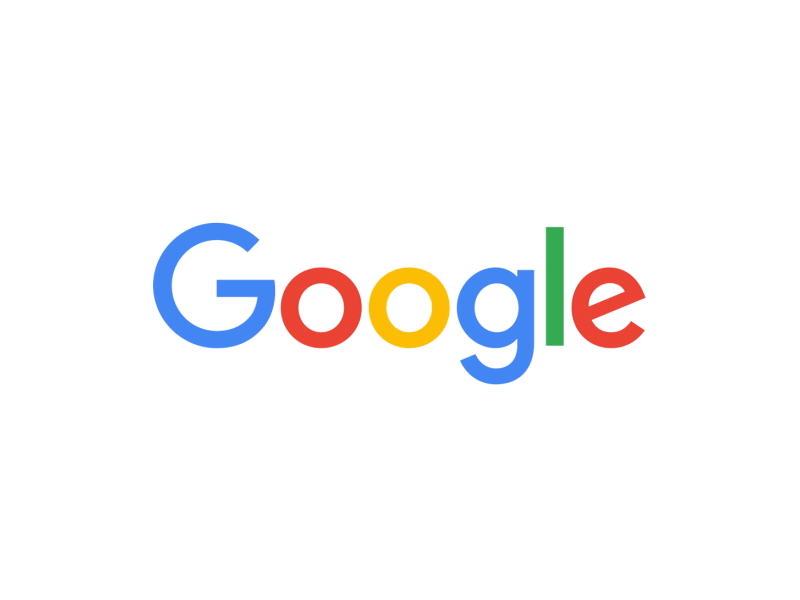A couple weeks ago, we detailed some of the benefits of disrupting a stagnant industry and offered a few suggestions to keep in mind as you build your disruptive brand. However, we didn’t dive into what disruptive advertising actually looks like.
Here, we’ll provide an example of an advertising approach businesses are currently using to disrupt their industries by taking advantage of cultural events and trends: fast ads. Even if you’re not in a position to throw thousands of dollars at a digital ad campaign right now, it’s our hope that this article will help you understand the world of disruptive advertising and inspire you during your next marketing effort.
What Are Fast Ads?
According to the Fast Ads Alliance, “Fast Advertising is an emerging marketing strategy that plugs brands into real-time cultural and social trends. By rapidly sensing and responding to opportunities in culture, brands deepen relevance at unprecedented speed and scale.”
Doesn’t advertising always respond to cultural trends? Yes, but the key here is the rapid response time: the digital world is in constant conversation with itself, and it’s easy to misunderstand why consumers find something funny or to simply miss the moment. Have you ever seen a TV ad referencing a meme or reference from several years prior? The currently running McKayla Maroney Geico commercial comes to mind. Fast Ads is intended to help businesses join the conversation before it’s over.
What Do Fast Ads Look Like?
If you were sitting in front of the TV for any amount of time during the 2019 holiday season, you may have seen Peloton’s notorious ad “The Gift That Gives Back,” which involved a husband gifting his wife a Peloton and the wife becoming increasingly obsessed with the machine, looking inexplicably terrified as she manically sings its praise.
Before the year had even ended, Aviation Gin had responded with an ad featuring the same actress playing the same character, now in recovery from her Peloton nightmare. It was a striking corporate smear, but just as striking was the skill and timeliness with which Aviation launched their ad.
Where Do Fast Ads Appear?
Periodical print media, like a monthly magazine, is probably the most unlikely space. Everything else is possible: physical billboards, television spots, social media campaigns, and search engines are all fair game.
The trick to choosing the right avenue is knowing where your target audience will best find your message. Rather than just run a TV ad like Peloton, Aviation’s owner, Ryan Reynolds, posted his company’s response to his personal Twitter. Given that fans could immediately respond and spread the ad like wildfire, this ended up being the perfect choice.
Why Do Fast Ads Work?
The drastic changes in advertising since the ubiquity of the Internet (and especially social media) in the developed world have forever altered the relationship between the advertiser and the potential customer. In the ’80s, a mediocre or embarrassing ad would likely be ignored and maybe privately scoffed at by folks watching their TV at home. Now, it could mean massive financial loss and give competitors an easy advantage in their industry.
On the flip side, recognizing which way the wind is blowing and executing a quick, effective, high-engagement ad campaign can result in soaring profits and brand recognition. Largely as a result of Reynolds’ cunning, social media posts, and excellent sense of the zeitgeist, Aviation Gin has become a far more well-known brand, selling last year for $610 million.
When you spy the opportunity for a Fast Ads response, speed is paramount, but even more important is ensuring you’re not misjudging the moment. Even the fastest ad must still be workshopped to ensure that your company is the Aviation Gin, not the Peloton.




